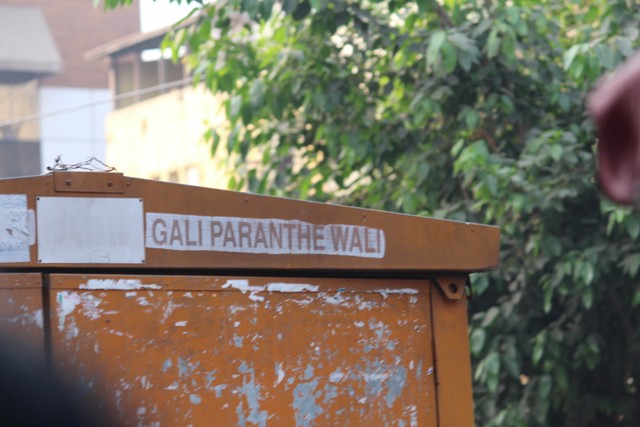
As soon as I open my Instagram account, and type Delhi, the search results give my eyes and taste buds a wake up call, be it any hour of the day. Sometimes, not eating out is compensated by surfing on zomato and checking out food hotspots in the city that are yet to be tried. Ask a movie star, any college student, any tourist visiting the city, or people on the streets, about what they like most about the city. Two out of ten will end up answering “the food”. What is it about the food that lures you out of your house to the streets, to the city? All the foodies out there know the answer. It is the sheer temptation, the enticement of senses, the energy and dynamics, the urge to discover and experience the city through its foodscapes.
For a foodie like me, Delhi is a delight, a melting pot of generations and generations of culinary traditions of various indigenous and foreign cultures. Every area of the city boasts of specialized food streets, alive with people, vibrant with conversations, charging the atmosphere with rising aromas, acting as a complete sensory experience. And if you start digging deep into these foodscapes, you can truly experience the city’s past, present and future through the culinary escapades. Experiencing the city through your tongue- quite a thought, but what goes inside your mouth, stays in your mind.

A few months back, one of the professors gave us the example of Volga’s in Connaught Place (which is now a Nike store) and how passing through the street reminded her of the neon signage and old times. That’s how profound the impact of food is in the cognitive perception of a place. The laws that govern the stomach-“Gastronomy”- in their physical form govern the experience and perception of a city in many ways.
These gastronomical quarters are elements of reminiscence, because they form part of people’s social experiences and their memory of a place. However, this aspect is hardly considered when we make strategies for rejuvenating urban areas. This aspect could be a powerful instrument for sustaining the energy of any successful public place. Besides, the famous anchor shops actually become the landmarks of an area thus acting as one of the identifying features of a place.

In the photo, the only signage for the famous Paranthe Wali Gali in Chandni Chowk is this red over white text on a street side electrical box, yet people manage to find their way into the mayhem of streets to dig into their soul food.
Now and again, these foodscapes act as landmarks within landmarks. From Karims at Jama Masjid, to Kachori at Hanuman Mandir, they have their own share of visitors and a sturdy presence. They contribute towards an authentic experience, with history not only in the backdrop, but also manifested through the traditional cooking and eating. And such experiential economy, becomes a trademark of that place, and the city.
Foodscapes also contribute to the physical health by making walking on the streets an enjoyable exercise. It creates possibilities of interaction, changing a mundane activity of day to day life into a social experience for people to mingle with each other. It is something that makes people feel part of their city, standing shoulder to shoulder with other people, connecting and enjoying irrespective of their cultural backgrounds. Food is one of the factors in making cities cosmopolitan and inclusive.
As William Whyte has pointed out “If we need to put a seed of activity into a place, add food to it.”
Contributed by- Ishleen Dheer
Ishleen Dheer completed her post graduation in Urban Regeneration from Jamia Millia Islamia in 2016.

Well said little Niece.